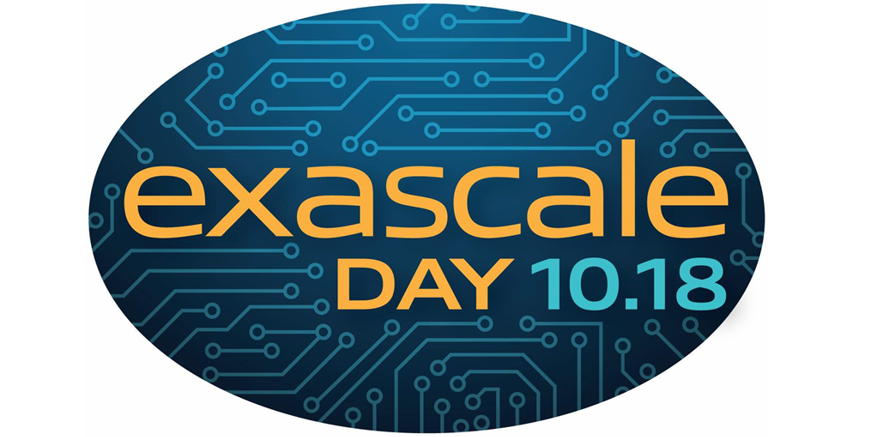 Sunnyvale, Calif. – December 20, 2022 – NTT Research, Inc., a division of NTT (TYO:9432), today announced that scientists from the NTT Research Physics & Informatics (PHI) Lab and Tokyo Institute of Technology (Tokyo Tech) have presented a new algorithm that combines amplitude control feedback and Zeeman terms to overcome inherent limits of a Coherent Ising Machine (CIM) and enhance its potential to solve optimization problems.
Sunnyvale, Calif. – December 20, 2022 – NTT Research, Inc., a division of NTT (TYO:9432), today announced that scientists from the NTT Research Physics & Informatics (PHI) Lab and Tokyo Institute of Technology (Tokyo Tech) have presented a new algorithm that combines amplitude control feedback and Zeeman terms to overcome inherent limits of a Coherent Ising Machine (CIM) and enhance its potential to solve optimization problems.
This joint research between Tokyo Tech and NTT Research, published as an article in Communications Physics on June 15, 2022, grew out of a joint research agreement pairing the PHI Lab with the laboratory of Dr. Toru Aonishi. Co-authors of this article include Dr. Aonishi and Mr. Mastiyage Don Sudeera Hasaranga Gunathilaka, both of Tokyo Tech; PHI Lab researchers Dr. Yoshitaka Inui (corresponding author) and Dr. Satoshi Kako; and PHI Lab Director Yoshihisa Yamamoto, who is also affiliated with the E. L. Ginzton Laboratory at Stanford University.
This article addresses two practical difficulties associated with the CIM, a network of optical parametric oscillators (OPOs) programmed to solve problems that are mapped to an Ising model. (The Ising model is a mathematical abstraction of magnetic systems composed of competitively interacting spins, or angular momentums of fundamental particles.)
One challenge relates to the mutual coupling-induced inhomogeneous amplitudes of a CIM’s OPOs, which can take on a range of values other than +1 or -1, and as such, may lack faithful representation and impair the CIM’s performance. CIM is also constrained by its lack of Zeeman terms, a set of hypothetical interacting spins associated with most real-world optimization problems. In its basic form, the Ising model involves pairwise terms between optimization variables, which limits the CIM’s usefulness to benchmarking purposes. The authors of this article address those difficulties by proposing a theoretical scheme/algorithm that allows CIMs to solve optimization problems requiring a more general Ising form, i.e., one modified to include Zeeman terms. The algorithm also corrects for inhomogeneity with an implementation of time-dependent amplitude control feedback that both forces physical amplitudes closer to +1 or -1 and improves performance when CIMs are used to solve Ising problems in the form modified with Zeeman terms.
“We are pleased with the results of our ongoing collaboration with Dr. Aonishi’s Lab at Tokyo Institute of Technology and with this research in particular, which expands the CIM’s reach to a wider array of practical applications,” said PHI Lab Director Yamamoto. “It is important that theoretical work and numerical simulation models of the CIM keep pace with the scale of experimental results; there is more to do, but the work represented in this article is a significant step in that direction.”
There have been various attempts to harness a CIM’s optical pulses, which are mutually coupled by dissipative circuits rather than unitary gates, to solve combinatorial optimization problems, such as the traveling salesman problem, lead optimization in drug discovery, multiple-input multiple-output (MIMO) optimization for wireless communications and compressed sensing for medical imaging. In the laboratory realm, a landmark result of an experimental measurement feedback CIM with 100,000 spins was achieved in 2021. The theoretical schemes proposed in this article, by contrast, apply to modeling methodologies that simulate the behavior of a physical CIM, which allow scientists to study a CIM without needing to build one. Some of the article’s more technical findings concern the performances of those models. The primary takeaway, however, is that the proposed amplitude control scheme increases the performance for a 16-spin CIM with Zeeman terms, especially when those terms are competing against mutually coupling coefficients.
The authors also note that this method will be effective in the CIM application for compressed sensing, a topic treated recently in another paper by NTT Research and Tokyo Tech scientists. In addition to its work with Tokyo Tech, the NTT Research PHI Lab has established joint research agreements in pursuit of its ambitious goal of radically redesigning computers, both classical and modern, with the following eight universities: California Institute of Technology (CalTech), Cornell University, Massachusetts Institute of Technology (MIT), Notre Dame University, Stanford University, Swinburne University of Technology, the University of Michigan and the University of Tokyo. It is also conducting joint research with the NASA Ames Research Center in Silicon Valley and 1QBit, a private quantum computing software company.




